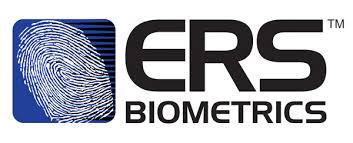The use of biometrics for easy access control or recording attendance is once again trending, though this time we are talking about facial recognition.
Hygiene has become a prominent concern in any workplace environment, escalating the need for non-contact solutions that are fast, efficient and able to integrate with other software.
Facial recognition works by mapping facial features from an uploaded photograph or scanned face, that compares the information with a database to positively identify an individual. The most common use for such identification is to grant access or to clock-in for work. This would eliminate peers falsely clocking in for work by filling in incorrect times on a manual register or asking friends to clock in for them with a punch card. *It should be noted that these devices are protected against spoofing and holding a 2D photograph in front of the device will not work to identify an individual.
Various facial recognition terminals not only accurately identify faces, but can also use palm or card verification. Some advanced features include:
- Face recognition in dark environments
In the past, facial biometrics was only possible in a light space, but today’s devices come equipped with light adjustment technology.
- Deep Learning Algorithm to identify individuals
The facial mapping has become so detailed that any changes will not leave an individual unrecognised, even if they should, for instance, grow a beard.
- Standalone operation
No additional accessories will need to be bought alongside, simply an Internet connection.
- Tamper proofing
- Allows for WiFi connection
No cables are needed. Simply plug and play.
- Can identify individuals even while wearing masks
Critical for hygiene in today’s business and can also be set to only allow access if wearing a mask.
Facial biometrics reduces mistakes in manual systems and automatically captures the relevant data. The neat terminals offered by ERSBio can easily adapt to combat current challenges, including mask or body temperature detection. All this can be neatly packaged alongside sanitation booths or automated hand sanitisers, among others.
Benefits of facial recognition are endless. The process not only speeds up the administrative HR process, but also records information that can be used to assess staff behaviour, such as late arrivals or absenteeism. Information can be linked to other solutions, such as staff monitoring, payroll or job costing
From the employee point of view, it is no longer necessary to sign forms or stand in long queues creating a frustration-free environment, and in case of the system integrating with Time & Attendance, it will allow for automated time capturing, ensuring accurate hourly/overtime pay.
For more information, visit www.ersbio.co.za.
Share
